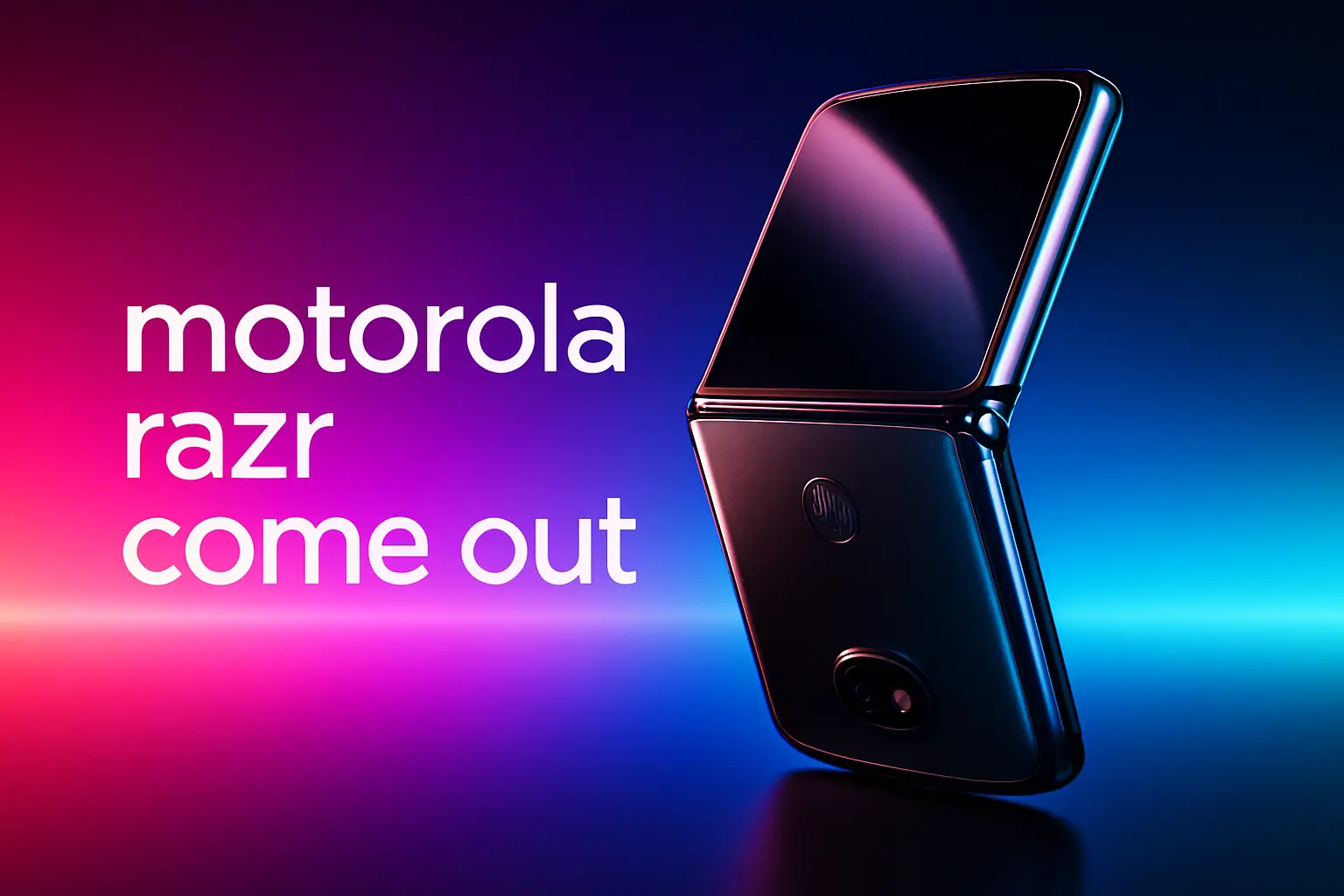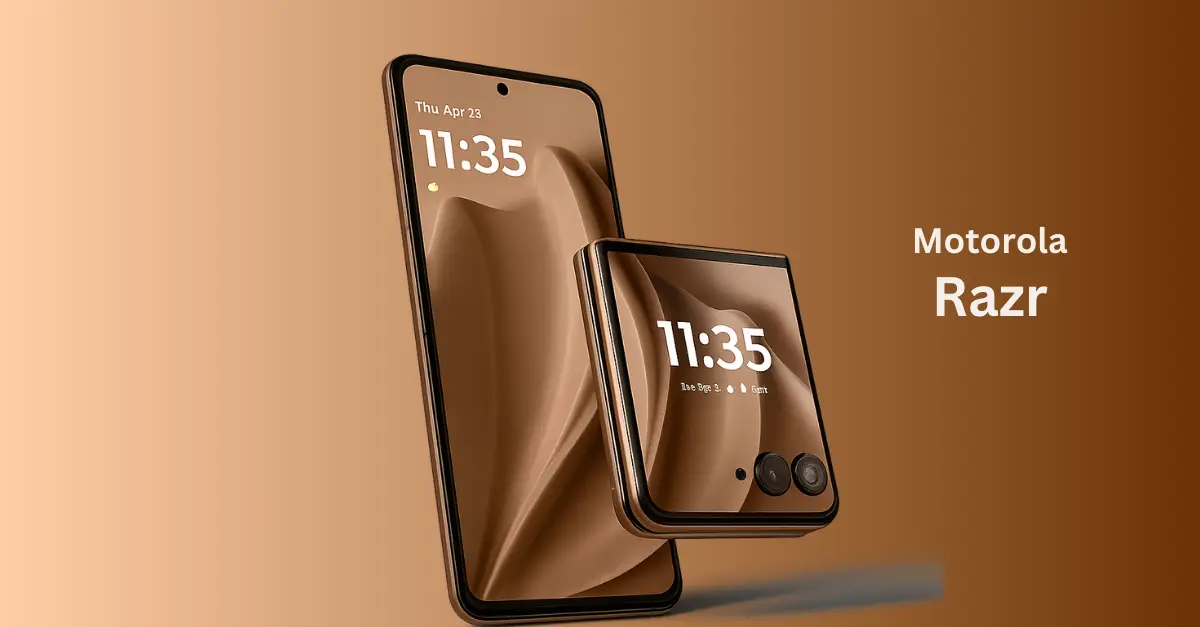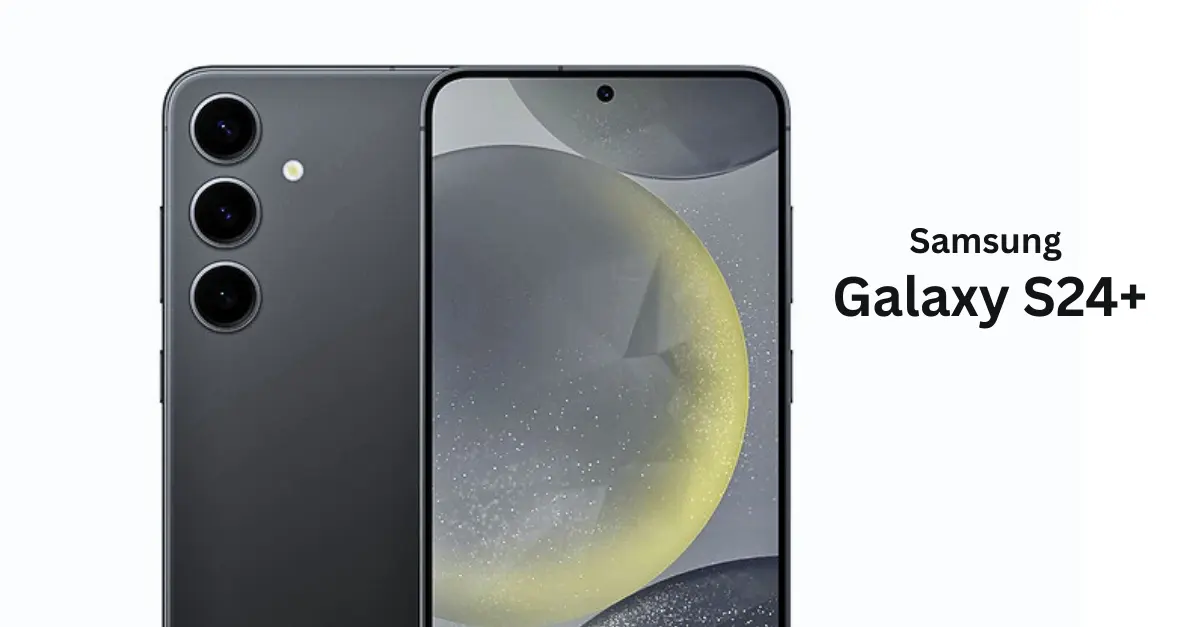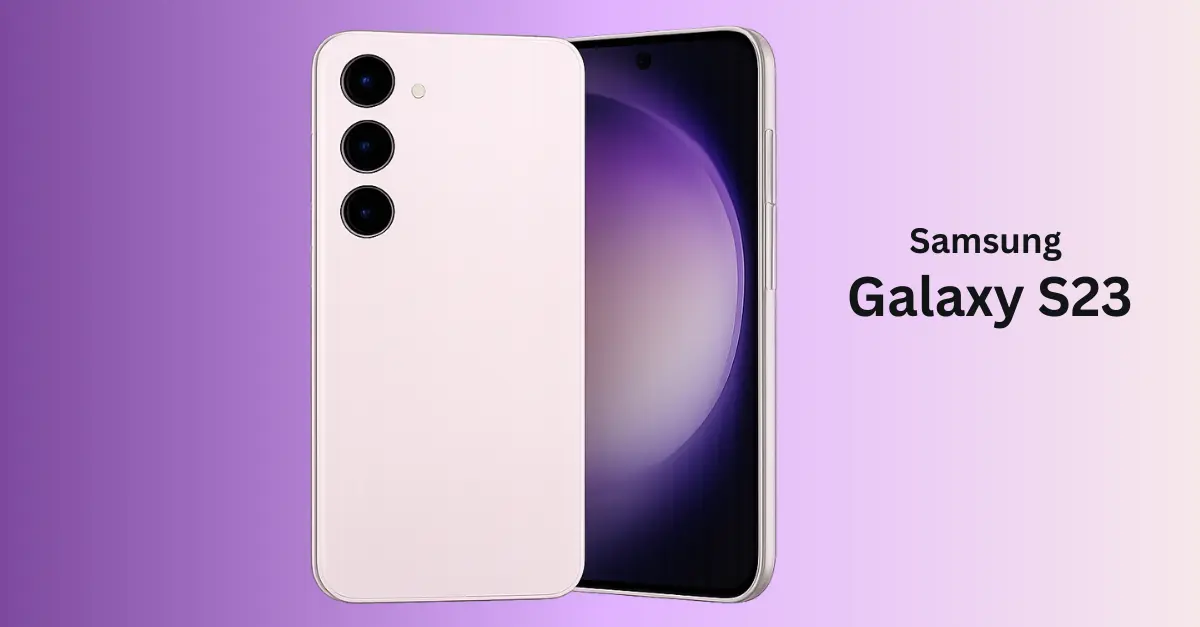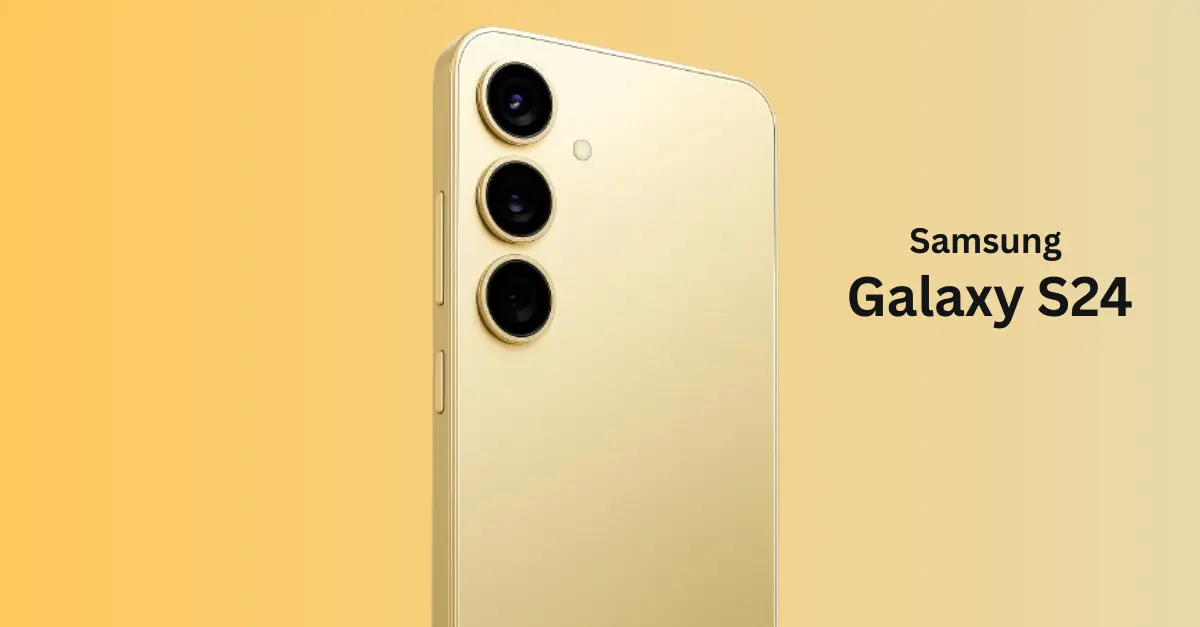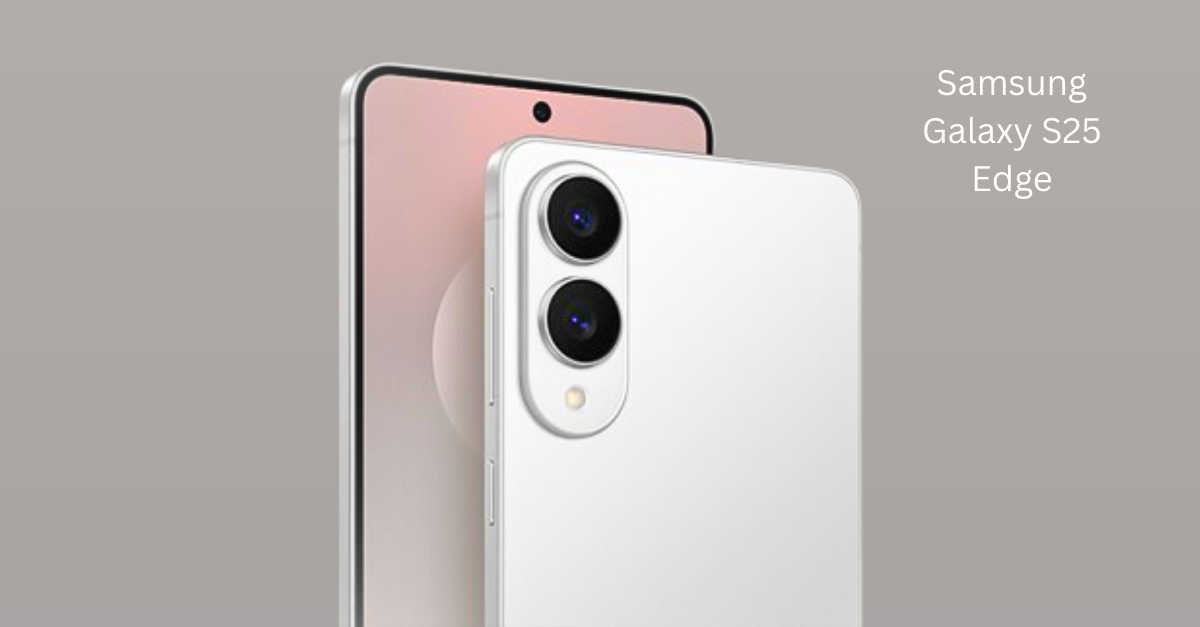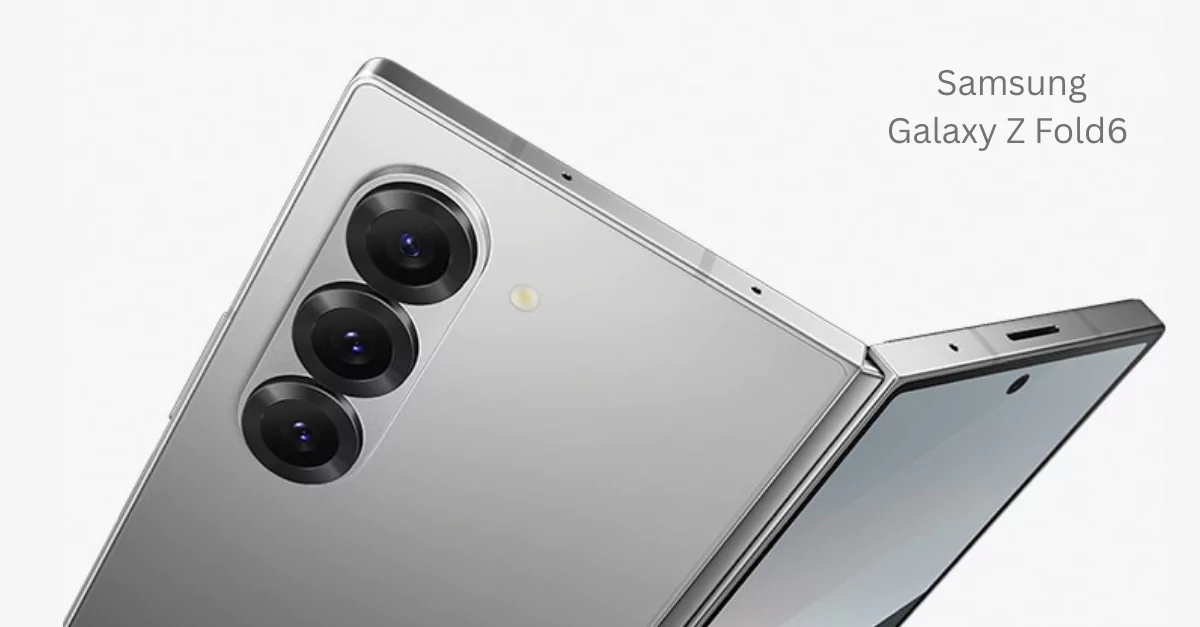The iconic “Blue Screen of Death” (BSOD), a familiar sight for Windows users since the early 1990s, is officially being retired by Microsoft. In a move to modernize and streamline the unexpected restart experience, Microsoft is replacing the BSOD with a new black-colored error screen as part of the Windows 11 24H2 update, set to roll out in late summer 2025. This article dives into the details of this significant change, its implications for users of devices like Dell laptops, Acer laptops, and HP laptops, and how to address common BSOD errors such as “Critical Process Died” and “System Service Exception.” We’ll also explore the reasons behind the BSOD and how to fix it.
What is the Blue Screen of Death?
The Blue Screen of Death, often referred to as BSOD, is an error screen displayed by Windows operating systems when a critical system failure occurs, causing the system to crash and restart. First introduced in Windows 3.1 in the early 1990s as the “Blue Screen of Unhappiness,” it evolved into the BSOD with Windows NT in 1993, as noted by longtime Microsoft developer Raymond Chen. The BSOD became infamous for its blue background, cryptic error codes, and the sad face emoji introduced in later versions.
The BSOD has haunted users across brands, including Dell laptop Blue Screen of Death, Acer laptop Blue Screen of Death, and HP laptop Blue Screen of Death, often triggered by hardware failures, driver issues, or software conflicts. A notable instance was the global outage in July 2024, caused by a faulty CrowdStrike update, which led to widespread BSOD occurrences on Windows operated machines.
Microsoft’s New Black Screen: What’s Changing?
- Microsoft announced in a blog post on June 27, 2025, that the BSOD is being replaced with a simplified black error screen in the Windows 11 24H2 update. This change is part of the Windows Resiliency Initiative, aimed at reducing downtime and improving user experience. Key updates include:
- Black Screen Design: The new screen will feature a black background instead of blue, aligning with the modern Windows 11 user interface.
- Simplified Interface: The sad face emoji and QR code are being removed. Instead, the screen will display the stop code and the name of the faulty driver, making it easier for users to diagnose issues.
- Faster Recovery: Microsoft claims the new restart process will reduce reboot time to approximately two seconds for most users, minimizing disruption.
- Enhanced Diagnostics: The black screen will provide clearer error information, helping users and IT professionals troubleshoot problems like Blue Screen of Death Critical Process Died or Blue Screen of Death System Service Exception.
This isn’t the first time Microsoft experimented with a black screen. A version was introduced in 2021 for Windows 11, but the 2025 iteration will feature updated dialogue and a more streamlined design.
Why Does the Blue Screen of Death Happen?
The Blue Screen of Death reasons vary, but they typically stem from critical system errors that force Windows to halt operations. Common causes include:Faulty Drivers: Outdated or incompatible drivers, especially on Dell laptop Blue Screen of Death or HP laptop Blue Screen of Death, are frequent culprits.
- Hardware Issues: Malfunctioning RAM, hard drives, or graphics cards can trigger crashes.
- Software Conflicts: Incompatible applications or corrupted system files can lead to errors like System Service Exception.
- Malware: Viruses or malware can corrupt critical system processes, causing errors like Critical Process Died.
- Overheating: Excessive heat in devices like Acer laptop Blue Screen of Death can cause system instability.
- Windows Updates: Faulty updates, such as the CrowdStrike incident in July 2024, can lead to widespread BSOD issues.
How to Fix the Blue Screen of Death?
If you’re encountering a BSOD on your Dell laptop, Acer laptop, or HP laptop, here are actionable steps to troubleshoot and resolve the issue:
- Identify the Error Code: Note the stop code displayed on the BSOD (e.g., Critical Process Died or System Service Exception). This helps pinpoint the issue.
- Use tools like Windows Event Viewer or third-party apps like BlueScreenView to analyze crash logs.
- Update Drivers: Visit the manufacturer’s website (e.g., Dell, HP, or Acer) to download the latest drivers for your device.
- Use Device Manager to check for outdated drivers and update them.
- Run System Diagnostics: Use Windows Memory Diagnostic Tool to check for RAM issues.
- Run chkdsk to scan and fix disk errors.
- Boot in Safe Mode: Restart your laptop in Safe Mode to isolate problematic software or drivers.
- Uninstall recently installed apps or updates that might be causing conflicts.
Microsoft is formally retiring the recognizable “Blue Screen of Death” (BSOD), which has been a common sight for Windows users since the early 1990s. In a move to modernize and streamline the unexpected restart experience, Microsoft is replacing the BSOD with a new black-colored error screen as part of the Windows 11 24H2 update, set to roll out in late summer 2025.

This article explores the specifics of this big change, how it affects users of Dell, Acer, and HP laptops, and how to fix frequent BSOD problems like “Critical Process Died” and “System Service Exception.” We’ll also look at the causes of the BSOD and how to resolve it.
What is the Blue Screen of Death?
The Blue Screen of Death, often referred to as BSOD, is an error screen displayed by Windows operating systems when a critical system failure occurs, causing the system to crash and restart. According to veteran Microsoft engineer Raymond Chen, the “Blue Screen of Unhappiness,” which was first displayed in Windows 3.1 in the early 1990s, changed to the BSOD with Windows NT in 1993. The BSOD gained notoriety because to its blue background, enigmatic error numbers, and the sad face emoji that was included in later versions.The BSOD has haunted users across brands, including Dell laptop Blue Screen of Death, Acer laptop Blue Screen of Death, and HP laptop Blue Screen of Death, often triggered by hardware failures, driver issues, or software conflicts. A notable instance was the global outage in July 2024, caused by a faulty CrowdStrike update, which led to widespread BSOD occurrences on Windows-operated machines.
Microsoft’s New Black Screen: What’s Changing?
On June 27, 2025, Microsoft revealed in a blog post that the Windows 11 24H2 update will replace the BSOD with a more straightforward black error screen. This modification is a component of the Windows Resiliency Initiative, which aims to enhance user experience and decrease downtime.
Key updates include:
- Black Screen Design: The new screen will feature a black background instead of blue, aligning with the modern Windows 11 user interface.
- Simplified Interface: The sad face emoji and QR code are being removed. Instead, the screen will display the stop code and the name of the faulty driver, making it easier for users to diagnose issues.
- Faster Recovery: According to Microsoft, the new restart procedure will minimize disturbance by cutting the reboot time for the majority of users to just two seconds.
- Improved Diagnostics: Users and IT specialists will be able to diagnose issues like Blue Screen of Death Critical Process Died or Blue Screen of Death System Service Exception with a better error message displayed on the black screen.
- Update Windows:Ensure your system is running the latest Windows updates to fix known bugs.
- Check for Malware:Run a full system scan using Windows Defender or a trusted antivirus program.
- System Restore can be used to return to a prior stable condition.
- Finally, restore Windows to its original configuration (make a backup of your data beforehand).
- Look for Expert Assistance: Reach out to a certified technician or the manufacturer’s support (such as Dell, HP, or Acer) if the problem continues.
Effect on Laptops from Dell, Acer, and HP
Windows 11 24H2 will bring a notable change for users of popular laptop brands like Dell, Acer, and HP — the traditional blue screen is being replaced with a black screen. Here’s what users can expect:
- Enhanced Troubleshooting: The more focused and clean black screen design makes it simpler to see common faults like “System Service Exception” and “Critical Process Died.”
- Faster Reboot Times: Dell and HP users, especially professionals and gamers, will appreciate the new two-second reboot time, significantly reducing system downtime after a crash.
- Consistent User Experience: Whether you’re on an Acer laptop or another Windows device, the new black screen will deliver a uniform crash interface across brands.
Why This Change Matters?
Despite being a well-known indicator of a system failure, the BSOD frequently annoyed users with its confusing messages. The Although the BSOD was a well-known indicator of a system failure, its confusing message sometimes left users disappointed. With its cleaner, quicker, and easier-to-use interface, the new black screen seeks to alleviate these issues. With this upgrade, users of Dell, Acer, and HP laptops should find troubleshooting less intimidating, particularly for common issues like System Service Exception and Critical Process Died.
Microsoft’s emphasis on speeding up reboots and improving diagnostics is consistent with their overarching objective of increasing system dependability. Strong error-handling systems are necessary, as demonstrated by the worldwide CrowdStrike outage in July 2024, and this improvement is a step in that regard.
Conclusion:
The Blue Screen of Death, a staple of Windows computing for over three decades, is being replaced by a modern black error screen in the Windows 11 24H2 update. This change promises faster reboots, clearer diagnostics, and a streamlined user experience for Dell laptop Blue Screen of Death, Acer laptop Blue Screen of Death, and HP laptop Blue Screen of Death users.
Microsoft is working to improve the stability of Windows by fixing common Blue Screen of Death (BSOD) problems including “Critical Process Died” and “System Service Exception.”
Try the suggested troubleshooting procedures or contact the support staff of your device’s maker if you’re still getting BSOD issues. The Windows 11 24H2 upgrade, which is anticipated to be released in late summer 2025, will include the improved black screen interface.
